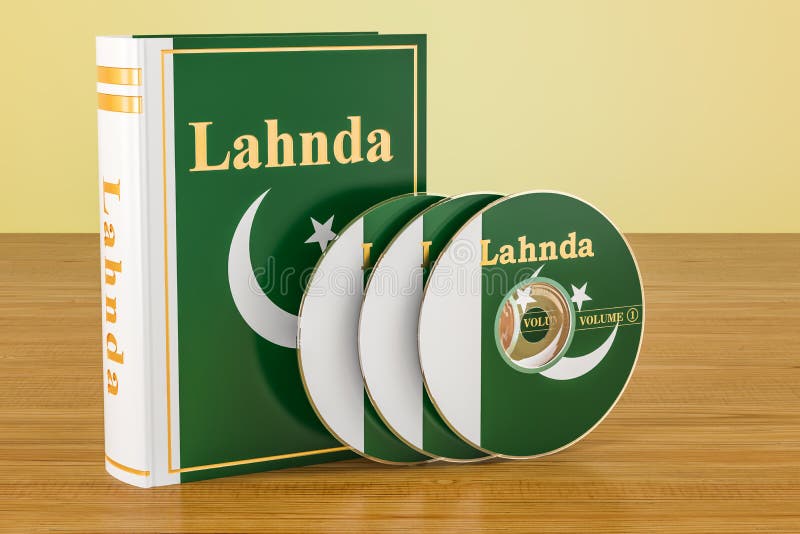Identifying the world’s most widely spoken languages is more challenging than you may think. We can predict that Mandarin, English, Spanish, and Arabic will all appear (in roughly that order), but there will also be some surprises! Would you have realized Bengali is one of the most widely spoken languages in the world?
One caveat: assigning hard data to any of these languages in the form of “X million native speakers” is almost impossible. The definition of a language or dialect is a contentious issue. Even more concerning is the fact that “Chinese” refers to an entire family of languages that have been conveniently grouped together. The term “Hindi” is also used as a blanket phrase to refer to a variety of dialects and sub-dialects. We haven’t even considered the inaccuracy of data sources collected by various institutions at various times. The figures below were gathered by Ethnologue, which is largely regarded as the most comprehensive language database currently available.
1. Chinese — 1.3 Billion Native Speakers

The number of native speakers varies significantly — Ethnologue estimates 1.3 billion native speakers, with around 1.1 billion speaking Mandarin — but there’s no doubt it’s the most commonly spoken language on the planet. This is the language to study if you want to learn a language spoken by one in every six people on the planet. Because Chinese is a tonal language with hundreds of logograms, it will keep you busy for a long time.
2. Spanish — 471 Million Native Speakers

If we solely consider native speakers, Spanish has a slight lead over English, with 471 million speakers. Spanish is the greatest language to learn if you wish to travel across continents. The politics of language and associated identity are fiercely disputed, as they are for all of the languages on this list: ask Catalan or Quechua speakers if Spanish is their native tongue, and you will get a totally different answer. However, it is the primary language of the vast majority of South and Central America, Spain, and, ahem, big swaths of the United States.
3. English — 370 Million Native Speakers

If you’re reading this, you’re probably one of the 370 million or so native English speakers out there or one of the 978 million who speak it as a second language. This demonstrates English’s incredible success as the global language of business, travel, and international relations. Because of the relative simplicity with which English may be learned (especially when compared to Chinese) and the ubiquitous soft power of American culture, English will continue to rule the world stage for the foreseeable future. For some, English still connotes possibility and a higher standard of living.
Read More: Samsung with sign language customer support
4. Hindi — 342 Million Native Speakers

India has 23 official languages, the most common of which are Hindi and Urdu. It’s still up for debate whether this is one language — Hindustani — or two dialects. Hindi, which is spoken primarily in northern India and parts of Pakistan, is written in Devanagari script, whereas Urdu is written in Persian notation. A little Hindi will get you a long way if you ever travel to the Indian subcontinent. What’s not to like about a language that brought us shampoo, jungle, jodhpurs, and bungalow?
5. Arabic — 315 Million Native Speakers

According to recent estimates, Arabic has over 315 million native speakers. However, here’s another example of stats not revealing the whole story: Arabic, like Chinese, is so diverse in its dialects that it is practically a collection of languages gathered together for convenience’s sake. Modern Standard Arabic is predominantly a written language that is closely related to the Quran’s Classical Arabic. The spoken forms of Arabic in countries like Oman and Morocco, on the other hand, are so dissimilar that a couple of philosophy professors from these nations would be able to discuss the finer points of ancient texts while yet unable to order lunch.
6. Portuguese — 232 Million Native Speakers

Another language whose reach is largely due to its colonial history. Portuguese traders and conquerors carried their language to Africa, Asia, and the Americas beginning in the 15th century. Although Portuguese spread was initially linked to European colonization, the colonized countries created their own dynamic cultures, which forever changed the language. In nations such as Brazil, Goa, Angola, Mozambique, Cape Verde, Guinea-Bissau, S. Tomé and Principe, and Macau, Portuguese is spoken by 232 million native speakers. Machado de Assis, Bossa Nova, Mia Couto, Fernando Pessoa, and Agualusa all spoke it.
7. Bengali — 229 Million Native Speakers

You didn’t expect Bengali to be among the most widely spoken languages, did you? The British partitioned Bengal in 1947, dividing (primarily Hindu) West Bengal, which is now part of India, from (mostly Muslim) East Bengal, which is now Bangladesh. Kolkata, the Andaman Islands, delectable sweets, and 130 million Bangladeshis speak it, many of whom are highly vulnerable to climate change. The population is forecast to treble in the next century, while 15% of the land area will be submerged by rising waters.
8. Russian — 154 Million Native Speakers

Russian is the world’s eighth most spoken language, with around 154 million native speakers. It produced literary greats such as Dostoyevsky, Nabokov, Chekhov, Gogol, Tolstoy, and Pushkin, and is still one of the six languages spoken in the United Nations.
9. Japanese — 126 Million Native Speakers

The 126 million native Japanese speakers live almost entirely in Japan, making it the most geographically concentrated of all the languages on this list. Japan has two unique writing systems, hiragana, and katakana, and uses Chinese Kanji characters extensively. Outside of Japan, the United States, the Philippines, and Brazil have the highest populations of Japanese speakers.
Read More: What are the Benefits of Hiring the Language Interpretation Services in 2022?
10. Lahnda (Western Punjabi) — 118 Million Native Speakers

The last slot on the list goes to…, which has an estimated native speaker population of roughly 118 million. Western Punjabi is largely spoken in Lahnda, a Pakistani macrolanguage. (Sorry, German; you have demoted a few years ago from the top world languages.) Eastern Punjabi, which is spoken in India, is not included in this list. When the British left, Punjab was slashed in half, forcing millions of people to flee their homes, businesses, and families. But, in Bollywood-style, they’re progressively exacting their vengeance: Punjabi songs now account for half of all chart-toppers. If we’ve ever seen a comeback, this is it.
To Know More Latest Updates You Can Visit Our Official Website: Techstry
